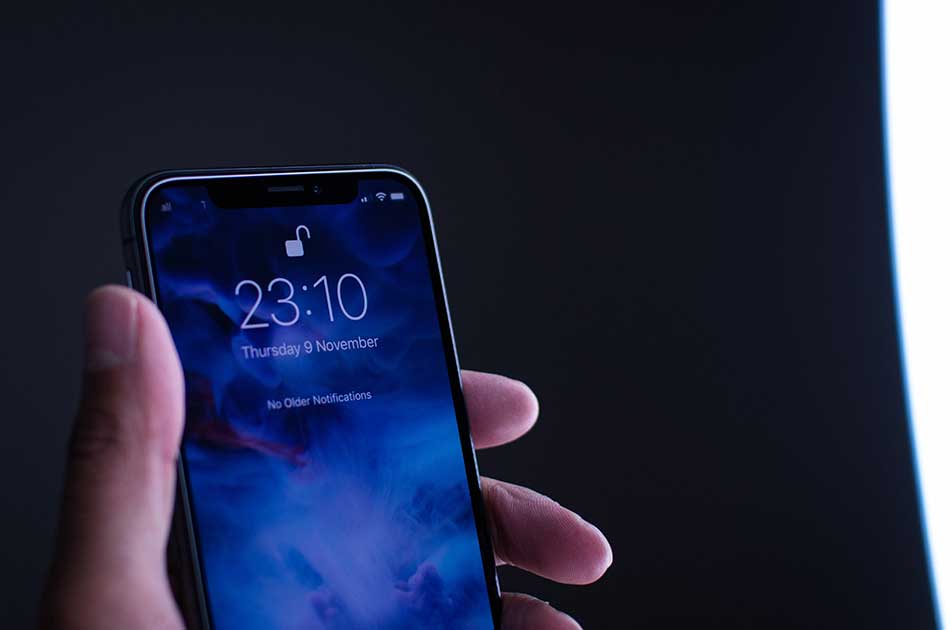According to a recent report, Gartner predicts the amount of money businesses are investing in security products and services will reach $83.4 billion by the end of 2017 (a 7 percent increase from 2016). Gartner is also predicting that investments in security products and services will only continue to trend up in 2018, to reach $93 billion, which is a 12 percent increase over this year’s record-breaking investment.
Businesses are starting to invest more money in security due to the growing number of disastrous cybersecurity incidents reported over the past few years. And enterprises are investing more money than ever before, specifically in mobile device security, as more employees start using personal devices and multiple devices at once to access valuable company information.
Businesses have focused solely on how to secure hardware and individual mobile devices in the past, concentrating on the tools they use to secure their private data and mobile networks. Now, however, it’s becoming more valuable for businesses to focus on creating a solid mobile security strategy overall—a strategy that focuses on much more than securing hardware and other mobile security tools alone.
Here are the key features of a solid mobile security strategy.
Incorporating Current Mobile Threat Landscape and Emerging Trends
Per Gartner, the current mobile threat landscape includes company data stored in the cloud. Both private and public cloud networks are at risk. If the company information that employees store and share in a cloud network is not managed properly on their mobile devices, that information is at risk of being stolen or corrupted. A robust mobile security strategy will include plans for managing how employees will access, share, and store information in the cloud.
Additionally, a successful mobile security strategy for an enterprise will include two-factor authentication for user identification, a growing trend, across mobile devices. Other considerations will include trends like crime-as-a-service, where cybercriminals form their own collectives and operate as any other business would (yet conduct illegal activity).
Focusing on Data Rather than Devices
It’s imperative that mobile security strategies start focusing on securing data itself, not just the devices that data is being accessed on. While securing a device is important, it’s becoming just as important to secure all data that’s stored in the cloud, especially as employees start using multiple mobile devices in any given week. Mobile security strategies should focus on not only encrypting data, but doing things like limiting when data can be copy-pasted and shared on a device and which mobile apps can access it.
Considering Privacy Issues
Mobile security and privacy issues are profoundly linked to each other. Every aspect of a strong mobile security strategy will aim to protect not only private company data, but also private employee data, private customer data, and private partner and vendor data—at all costs. All private information should always be kept secure. A data breach of any type of private information of any kind could lead to a myriad of legal problems and an overall distrust of an enterprise’s brand.
Grasping a Realistic View of Security Tools
An effective mobile security strategy will incorporate technology and tools that are current and necessary for a specific business. However, an effective mobile security strategy will also recognize the limitations of technology in securing all vital company information at all times. Strategies should include ways to train staff to avoid security risks and how to use their mobile devices securely. The focus will shift from mainly focusing on threat prevention to managing security threat responses and mediation. Unfortunately, in today’s world, it’s more of a question of when, not if, an enterprise’s cyber security will be compromised, and how bad it will be. Mobile security strategies should not avoid that fact.
Adopting a Strong Mobile Device Management (MDM) System
MDM will significantly streamline device administration across an organization. While securing data shared across the cloud is tantamount to the success of a mobile security strategy, securing as many physical mobile devices as possible is still very important. A strong MDM system will provide a central view of resources, implement mobile diagnostics, provide remote configuring and provisioning, use backup, restore device functions, provide network support, and more.
Incorporating Agility and Flexibility
In addition to all the features above, a successful mobile security strategy must be agile and flexible. It will, first and foremost, always need to account for trending new technologies and security threats as they emerge onto the security landscape. While a three- or six-month long mobile security strategy may work, conventional multi-year technology plans will never work in the mobile arena. It’s critical to create an agile and flexible framework for mobile security and to continually reevaluate the way employees and other users are accessing company data, what devices they’re using, and what risks arise as a result.
Ready to take your mobile security to the next level? Check out the Wireless Watchdogs mobile security solution.








